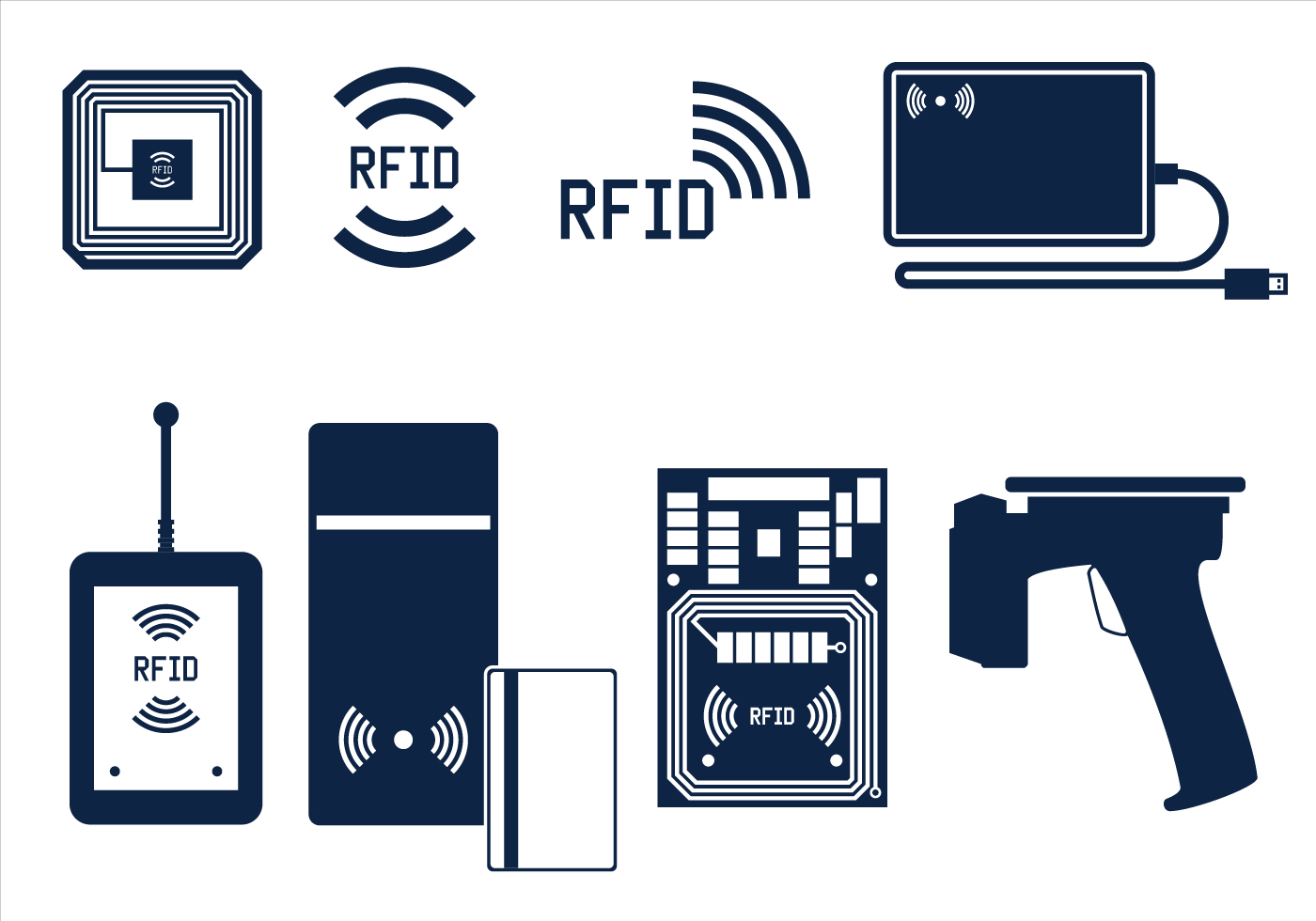Physical Address
304 North Cardinal St.
Dorchester Center, MA 02124

An RFID Reader is the brain of the RFID system and is necessary for any system to function. Readers, also called interrogators, are devices that transmit and receive radio waves in order to communicate with RFID tags. RFID readers are typically divided into two distinct types –Fixed Reader and Mobile RFID Readers. Fixed readers stay in one location and are typically mounted on walls, on desks, into portals, or other stationary locations.
A common subset of fixed readers is integrated readers. An integrated RFID reader is a reader with a built-in antenna that typically includes one additional antenna port for the connection of an optional external antenna as well. Integrated readers are usually aesthetically pleasing and designed to be used for indoor applications without a high traffic of tagged items.
Mobile readers are handheld devices that allow for flexibility when reading RFID tags while still being able to communicate with a host computer or smart device. There are two primary categories of Mobile RFID readers – readers with an onboard computer, called Mobile Computing Devices, and readers that use a Bluetooth or Auxiliary connection to a smart device or tablet, called Sleds.
Fixed RFID Readers typically have external antenna ports that can connect anywhere from one additional antenna to up to eight different antennas. With the addition of a multiplexer, some readers can connect to up to 32 RFID antennas. The number of antennas connected to one reader depends on the area of coverage required for the RFID application. Some desktop applications, like checking files in and out, only need a small area of coverage, so one antenna works well. Other applications with a larger area of coverage, such as a finish line in a race timing application typically require multiple antennas to create the necessary coverage zone.
The most common way to categorize readers is to classify them as either fixed or mobile. Other ways to differentiate between RFID readers include categories like connectivity, available utilities, features, processing capabilities, power options, antenna ports, etc.
Frequency Range– 902 – 928 MHz US, 865 – 868 MHz EU, Etc.*
Mobility– Fixed Readers, Integrated Readers; Mobile Readers
Connectivity Options– Wi-Fi, Bluetooth, LAN, Serial, USB, Auxiliary Port
Available Utilities– HDMI, GPS, USB, Camera, GPS, GPIO, 1D/2D Barcode, Cellular Capabilities
Processing Capabilities– OnBoard Processing, No OnBoard Processing
Power Options– Power Adapter, PoE, Battery, In-Vehicle, USB
Available Antenna Ports– No External Ports, 1-Port, 2-Port, 4-Port, 8-Port, 16-Port